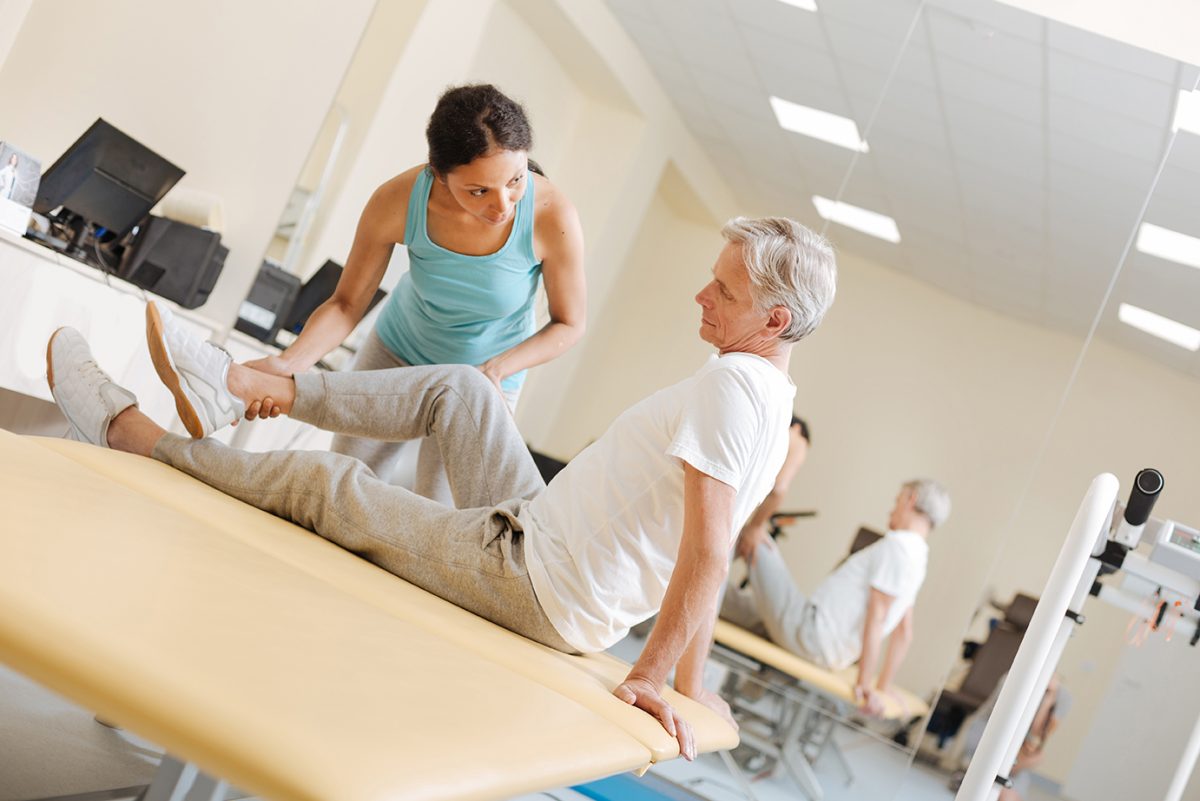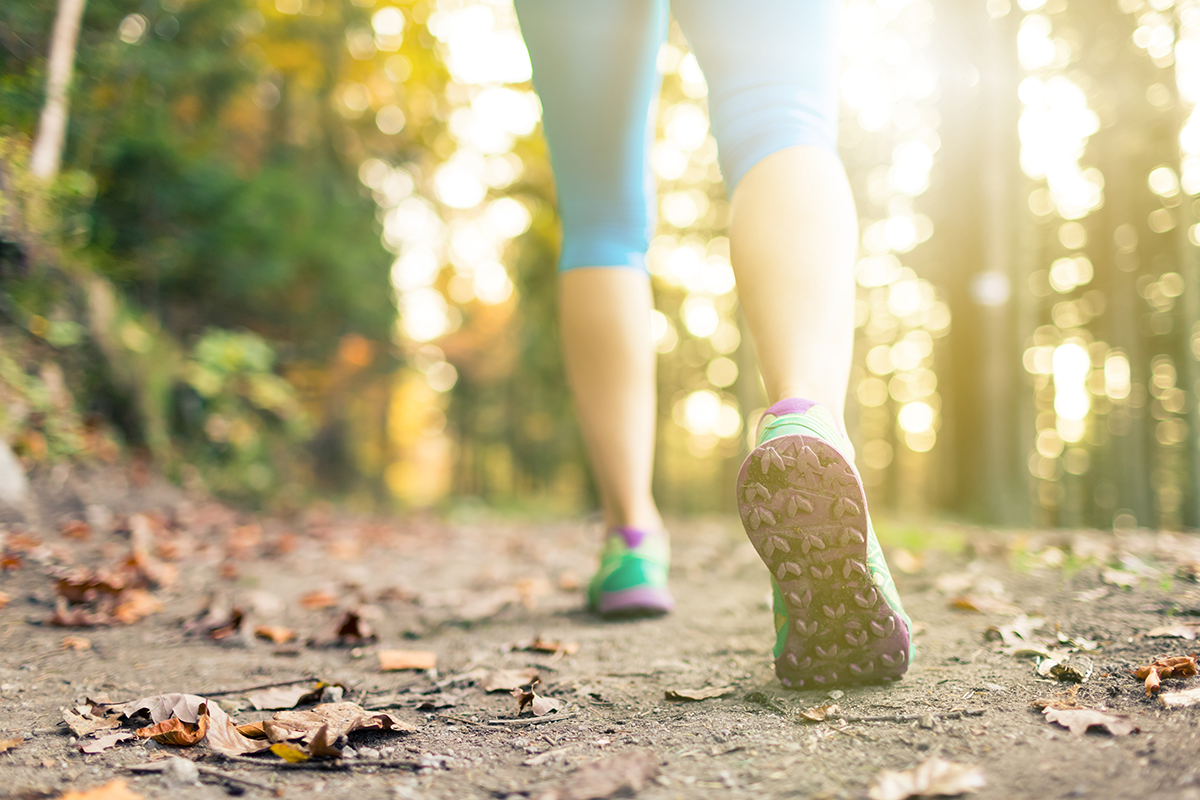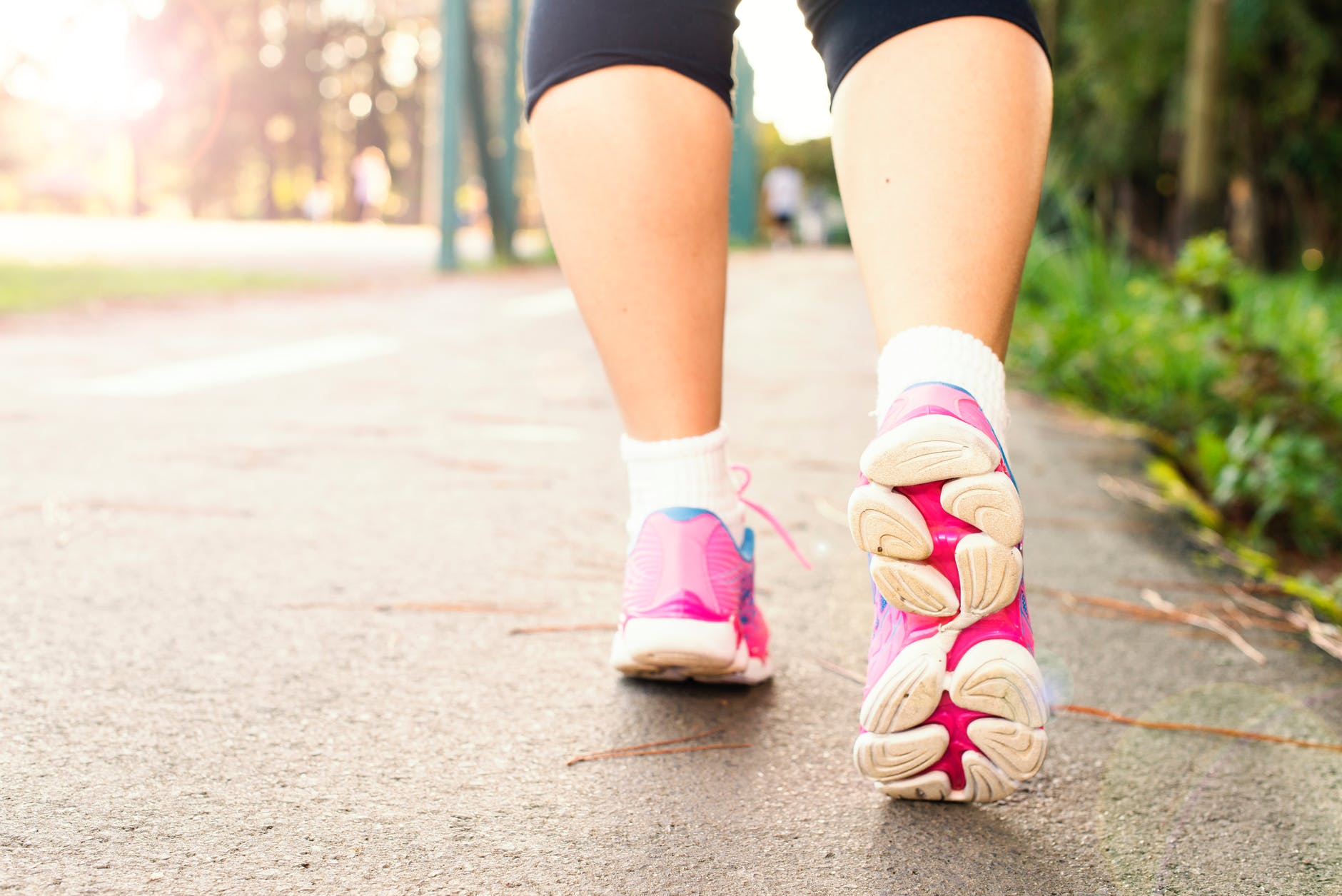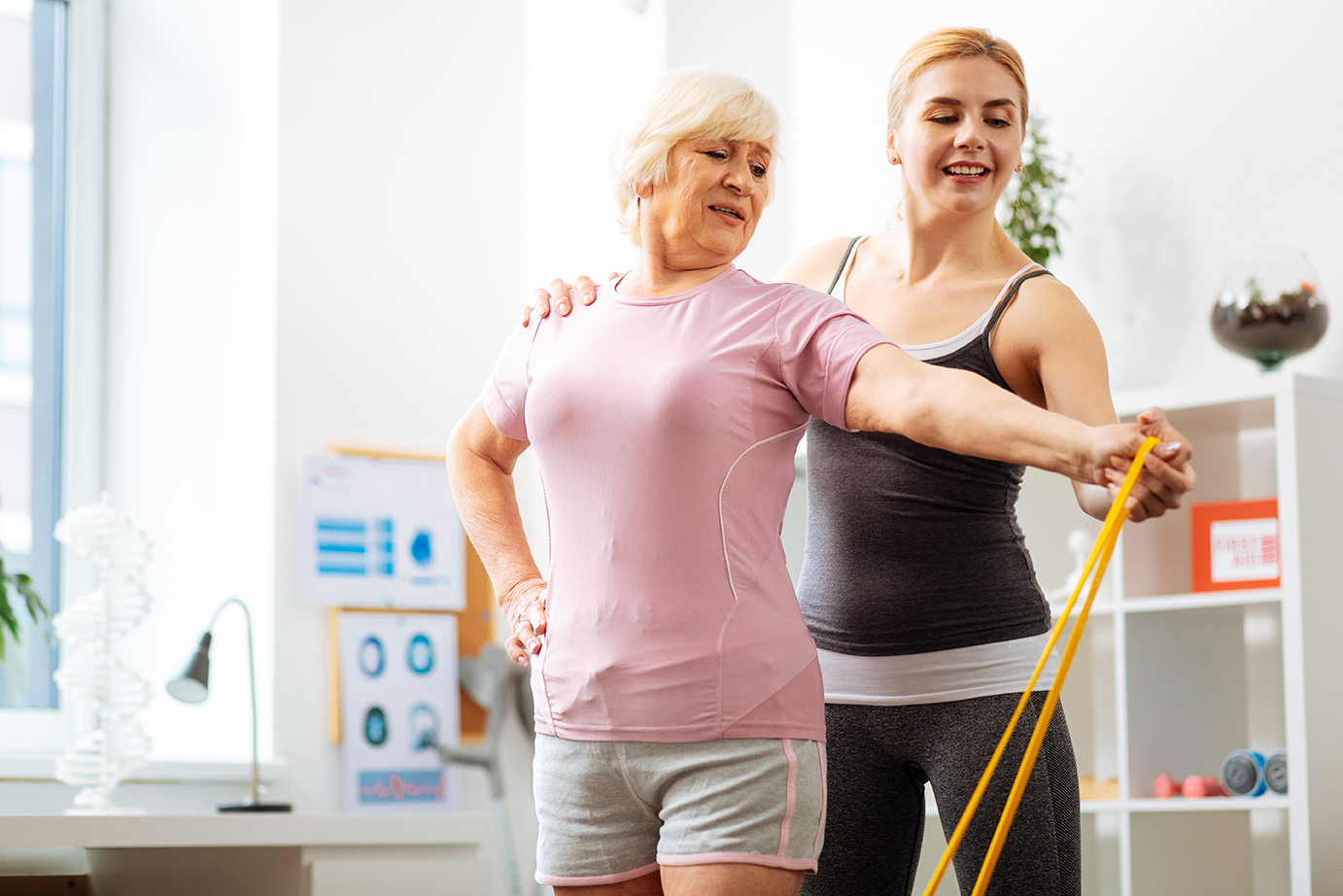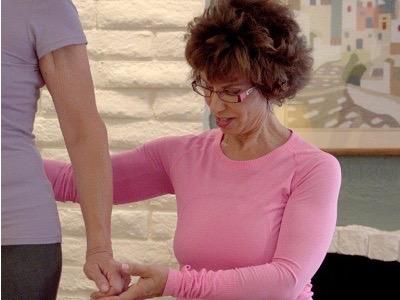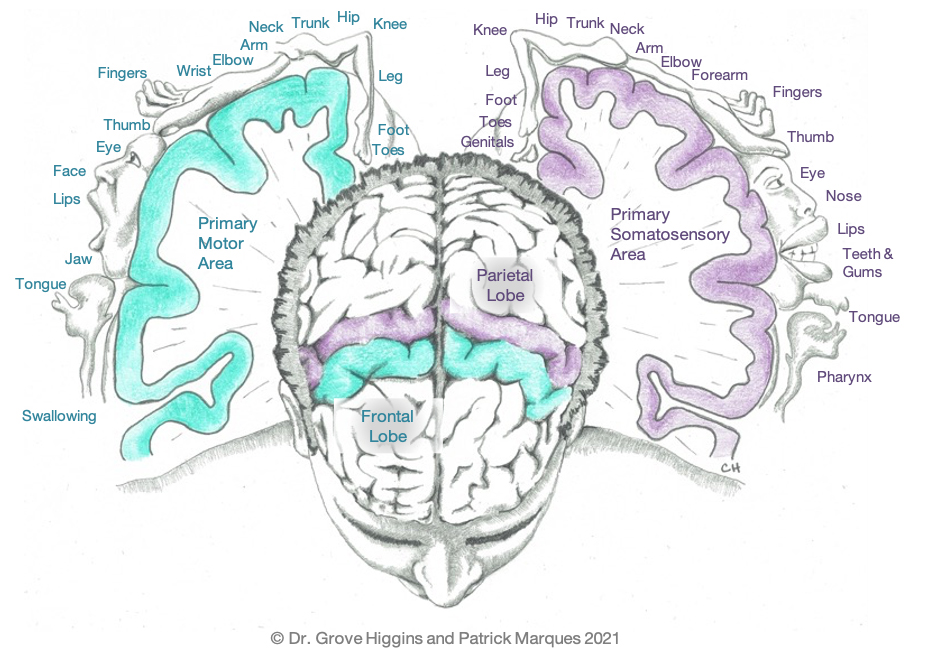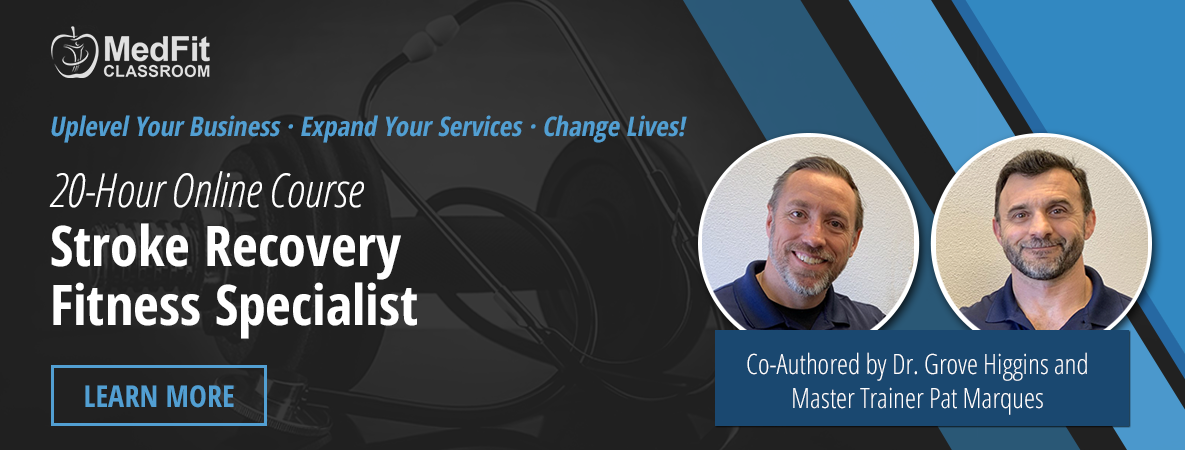Why Fitness Professionals Should Join the MedFit Network
It is safe to assume that not everyone a fitness professional works with is injury- or disease-free. As a fitness professional, it is your responsibility to ensure that you provide your clientele with safe and effective programming. The question you have to ask yourself is: are you truly qualified and up to date on the latest information to work with your current (and future) clientele? A second question to ask is: are you marketing yourself to those who need you most in this healthcare crisis? If you’re honest, you should at least say that perhaps you are not.
Well, this is where the MedFit Network (MFN) can help! The MFN is both a professional membership organization for fitness and allied healthcare professionals and a free online resource directory for the community to locate professionals with a background in prevention, treatment and rehabilitation in working with those with chronic disease or medical conditions.
As a fitness professional, here’s why you should join the MedFit Network.
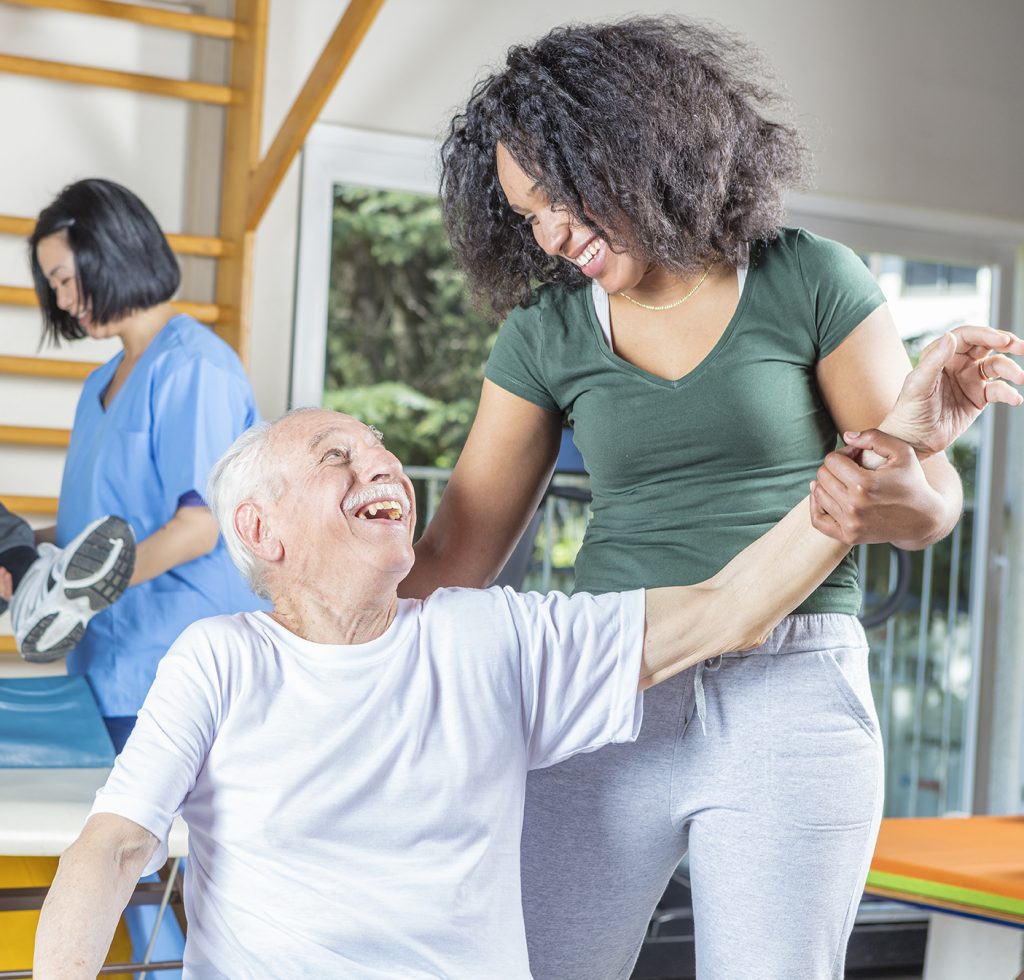 1: Raising Fitness Professional Standards
1: Raising Fitness Professional Standards
MFN is dedicated to making sure fitness professionals are highly educated and prepared to work with any medical issue. The name given for this person is a Medical Fitness Specialist (MFS). The MFS helps make the transition from medical management and/or physical therapy to a regular physical activity program following a surgery, an injury, a medical diagnosis or exacerbation of a pre-existing condition. They also possess the training and skills to work with medical conditions like obesity, diabetes, hypertension, neuromuscular disorders and heart disease. So, a medical fitness practitioner is not just a personal trainer but includes wellness- and health-related disciplines such as chiropractors, massage therapists, physical therapists, nutritionists, etc.
2: Continuing Education
The MedFit Education Foundation (MFEF) is the nonprofit partner of the MedFit Network. MFEF is dedicated to elevating the quality and amount of available education for the medical fitness professional and the entire fitness and wellness community through their learning website, MedFit Classroom. For example, there is a Multiple Sclerosis Fitness Specialist and Drug and Alcohol Recovery Fitness Specialist course that are both one-of-a-kind. Continuing education is required for all their specialty courses. This is typically not the case. It is usually continuing education only for your certification. All of their continuing education courses are approved by a medical advisory board of some of the brightest professionals in the nation. MFEF also facilitates weekly educational webinars that are included with your MFN membership. These webinars are presented weekly by industry experts on such topics as medical fitness and active aging.
The MFN is an organization filled with people from all walks of the wellness professional spectrum. For example, they have MDs, PTs, chiropractors, dieticians, fitness and massage therapists to name a few. As a result, opportunities to network are endless. Because of this, current members have developed their own educational courses and even started their own blogs. Also, members have been able to designate their facility as medical fitness facilities by working with a member who specializes in helping people achieve this status.
The MedFit Network is a unique organization dedicated to improving the standards of the fitness and allied healthcare professionals. The ability for the diseased community to go to a directory of qualified medical fitness professionals is something unheard of anywhere else. The three reasons given are just the tip of the iceberg as to why you should be a part of this movement, the MFN!
Click to learn more about joining the MedFit Network as a professional member.
Maurice Williams offers a rare combination of advanced academic training, personal experience as a competitive athlete, entrepreneur skills and 22 years of experience in personal fitness and training. He has a BS in Exercise/Sport Science from Elon College (Now Elon University) and an MS in Clinical Exercise Physiology from Ohio University. Maurice is also a long-time MedFit Network member.

